Q&A WITH ETIENNE KRUG
“We need to make sure that every government and all the relevant people
are aware that this resolution exists, second that they contribute to
the thinking. We will want every country to have a plan for the [Second]
Decade of Action…there’s a lot of work where I think NGOs can be strong
advocates for making sure that the thought process happens and that it
leads to concrete decisions. After that, there are many different roles
for NGOs to carry out activities.”
Earlier this week, the Alliance hosted a Q&A session with Etienne
Krug, Director of Social Determinants of Health, WHO, to address NGOs
questions about the new UN Resolution. The session covered the process
that led to the resolution, the content, the plans for the Second Decade
of Action for Road Safety, and how NGOs can push the resolution in
their countries. He highlighted four key elements of the resolution:
- Endorsement of Stockholm Declaration
- Declaration of the Second Decade of Action with a specific target to reduce road deaths and injuries by 50% by 2030
- Commissioning of WHO and the UN regional Commissions,
along with other partners in the UN Road Safety Collaboration and other
stakeholders to develop a plan of action for the Decade of Action
- A high-level UN General Assembly meeting at head of state level to be held before the end of 2022
Read more HERE or click on the video above to watch the session.
|
|
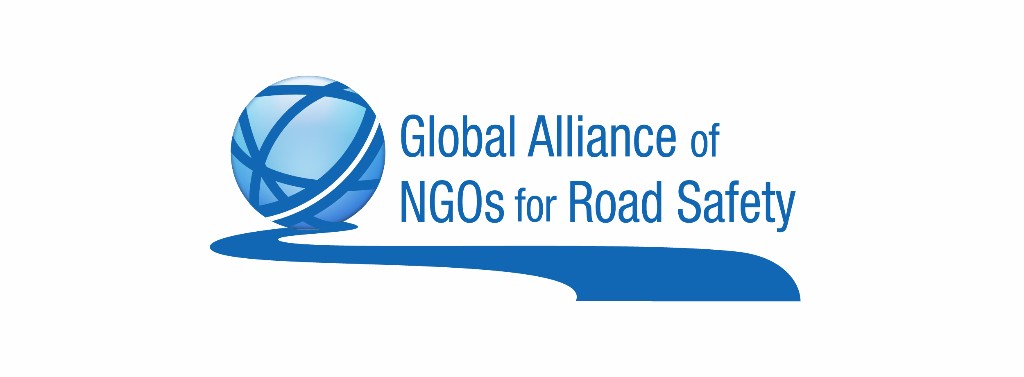
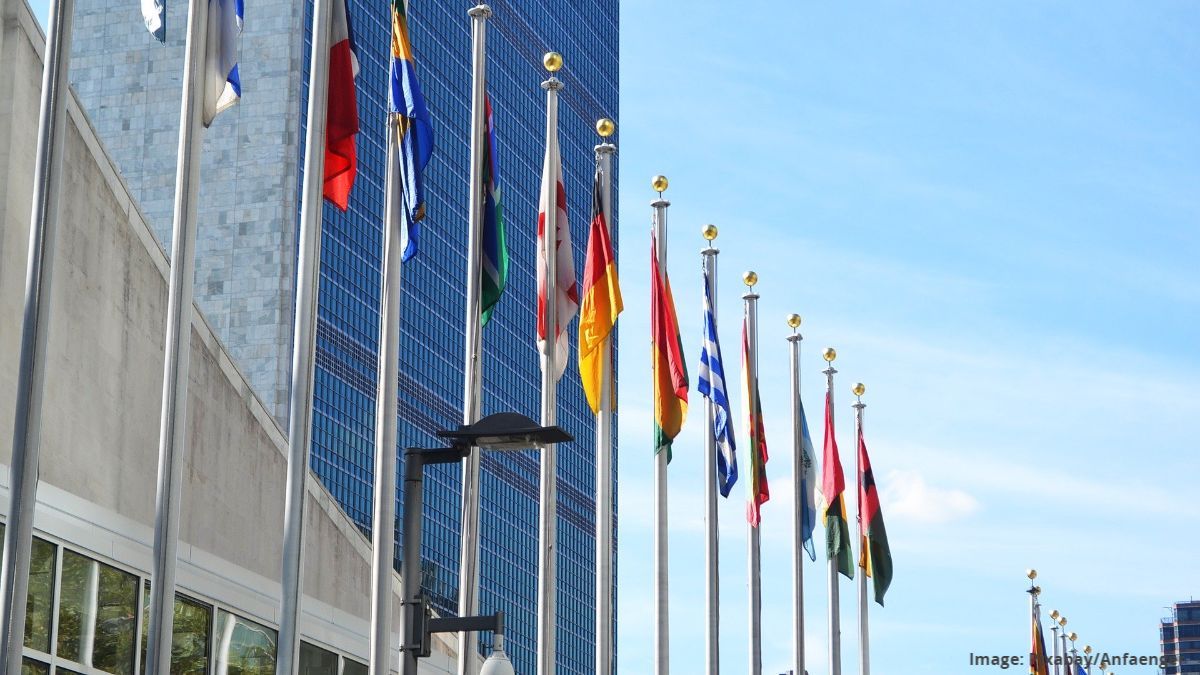

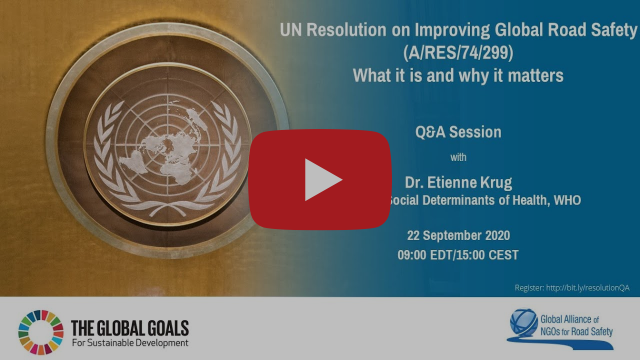
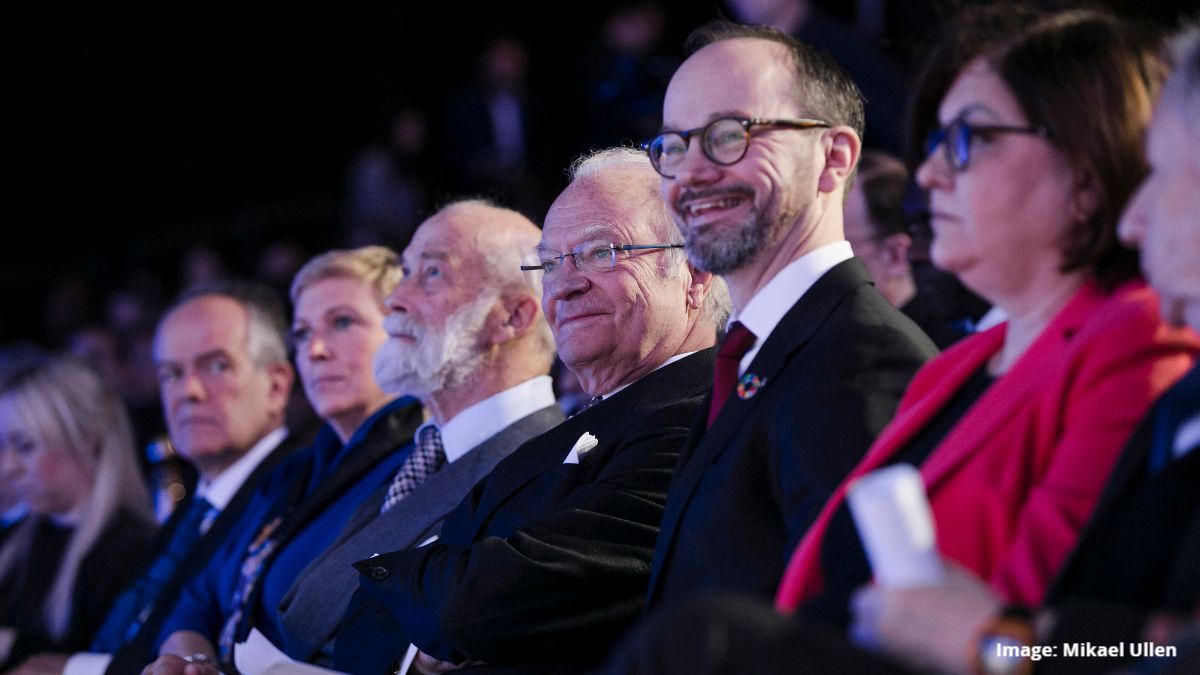
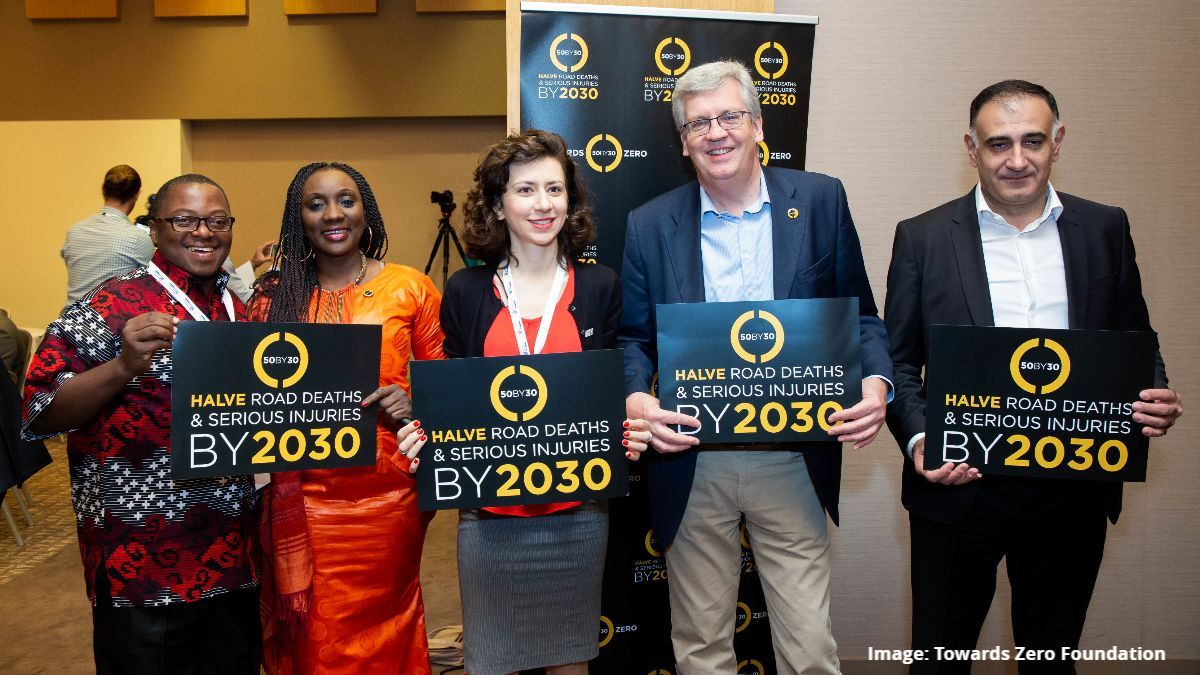
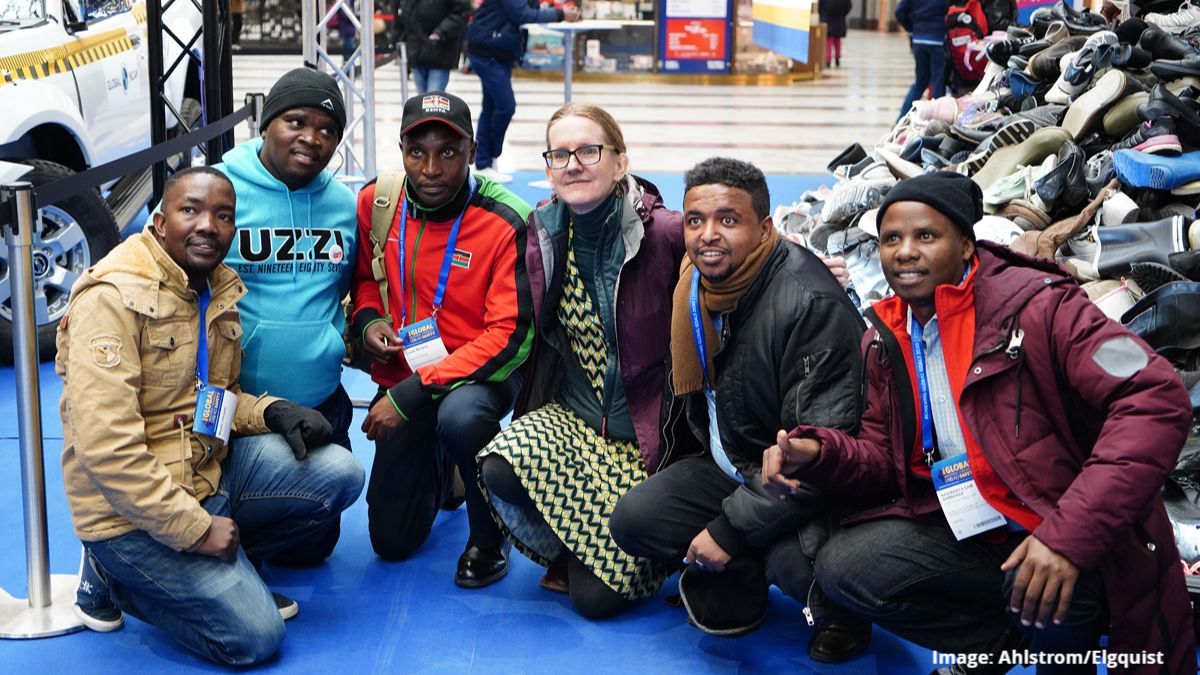
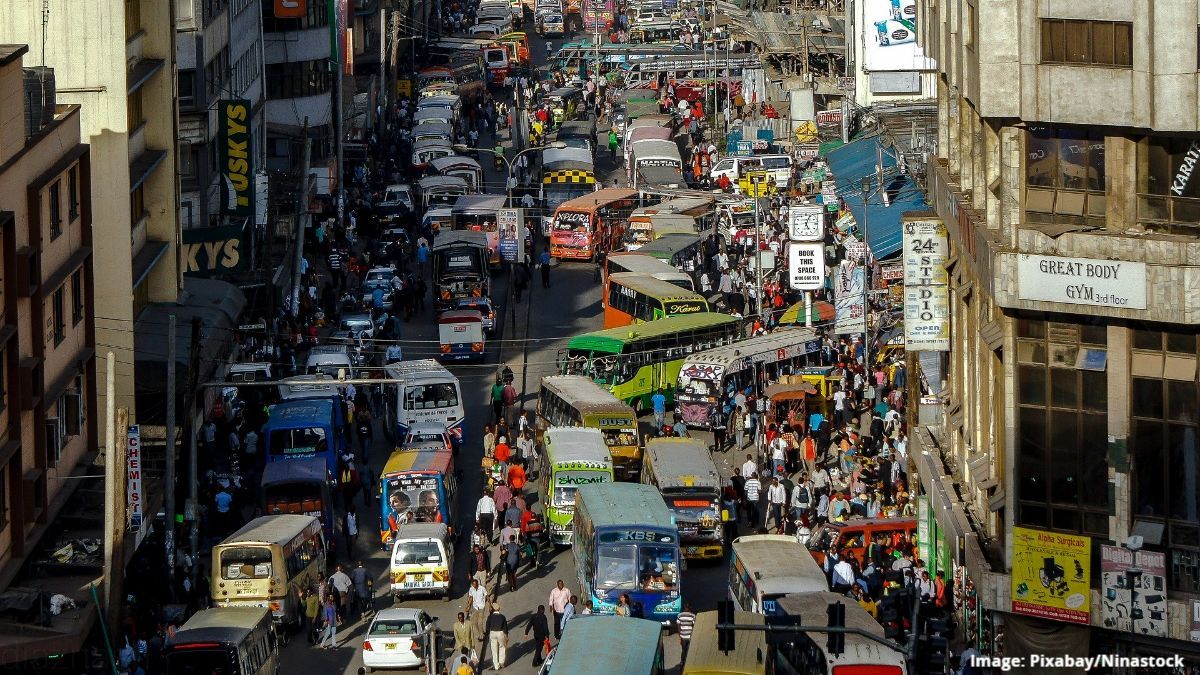
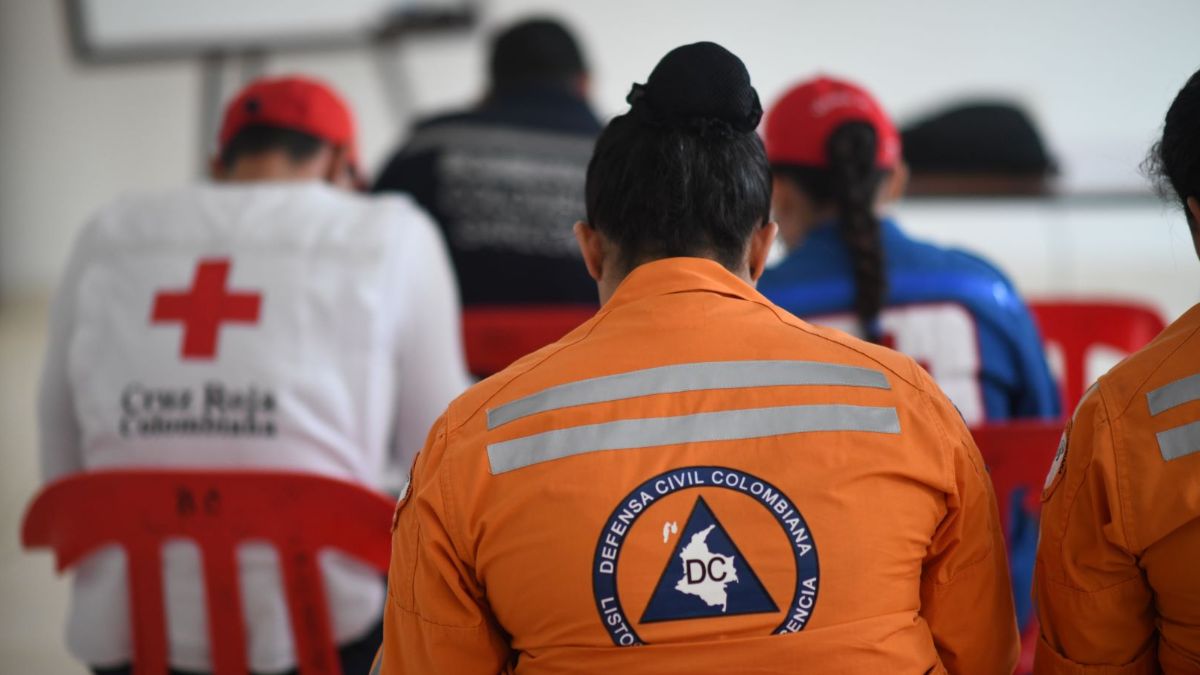
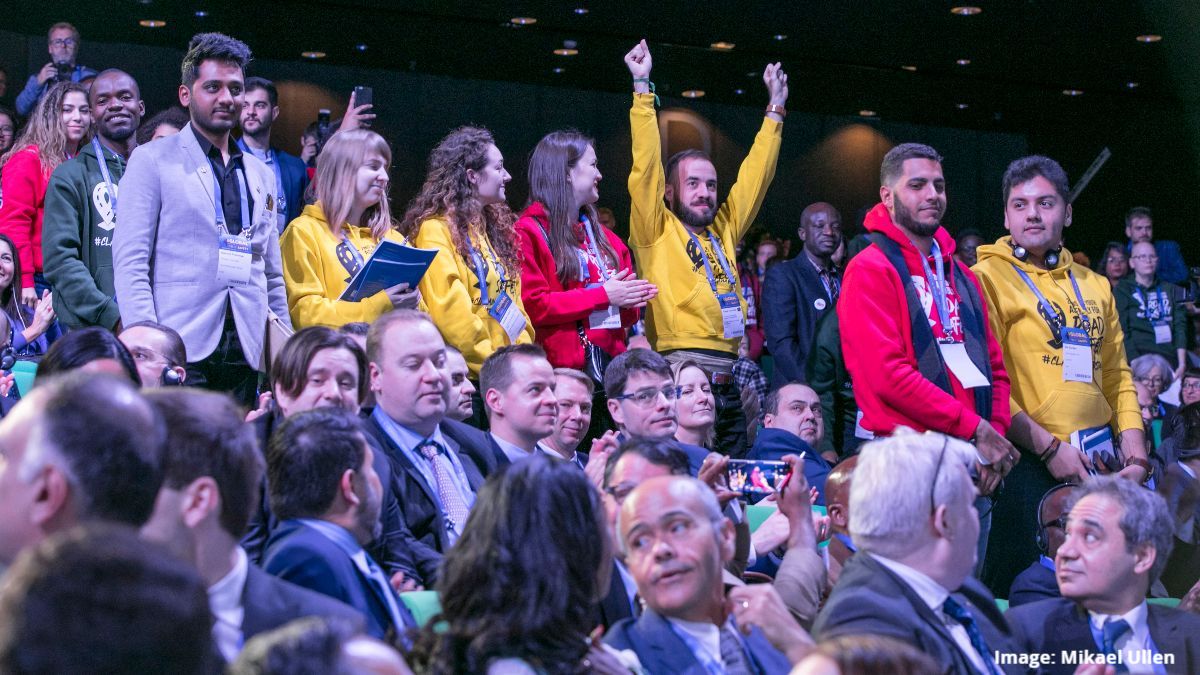
Δεν υπάρχουν σχόλια:
Δημοσίευση σχολίου